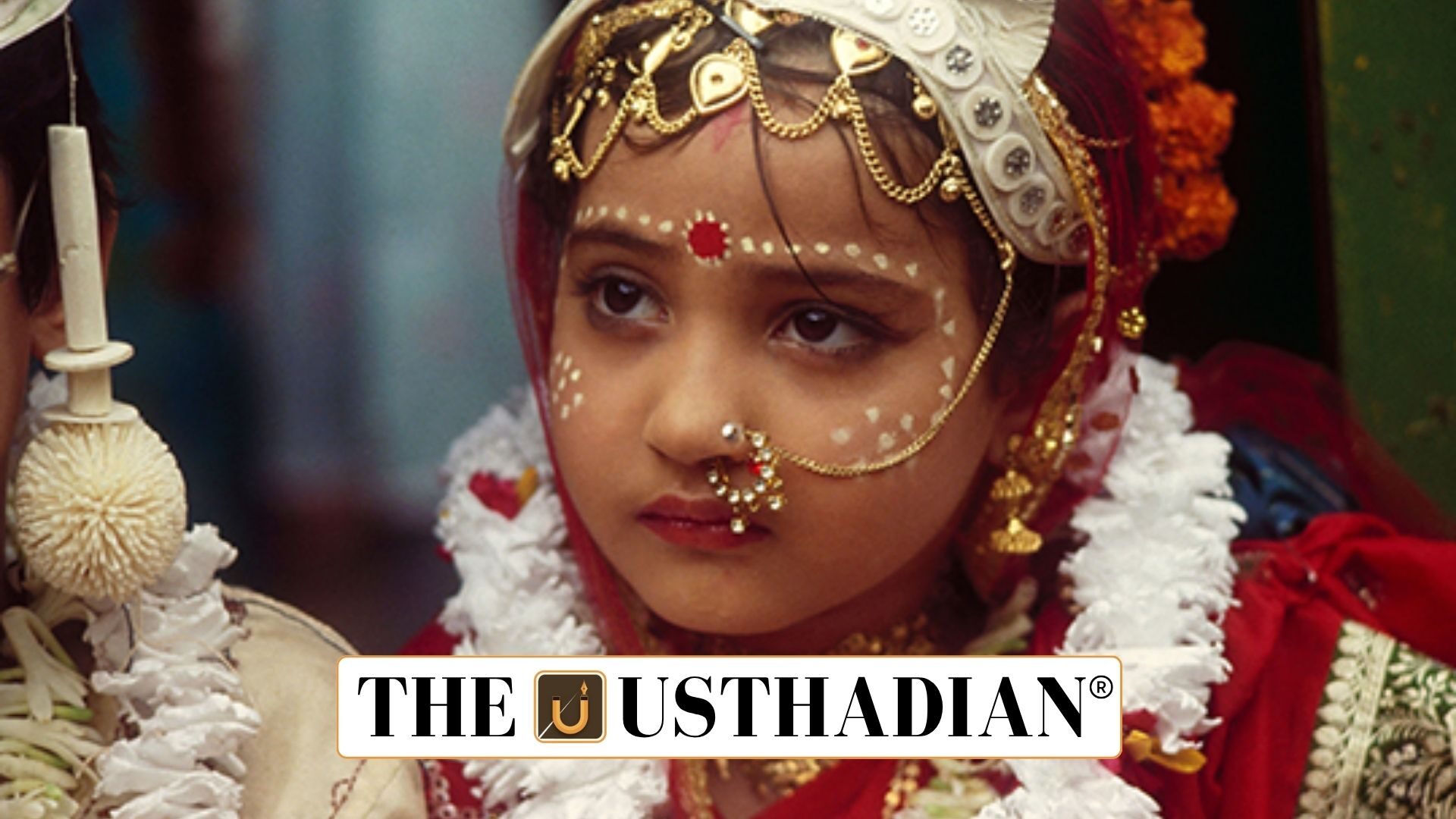Decline in Child Marriage Numbers
Child Marriage Reduction Gains Momentum in India: India has witnessed a sharp fall in child marriage rates by 2025. According to a recent report by Just Rights for Children, cases among girls fell by 69% and among boys by 72%. The report was unveiled at a UN General Assembly side event in New York, highlighting India’s global progress.
States like Assam lead with an 84% decline in girl child marriages, while Maharashtra and Bihar recorded 70% reductions each. Rajasthan saw a 66% fall, and Karnataka reported a 55% drop. Increased arrests and FIRs acted as deterrents, while the Bal Vivah Mukt Bharat campaign achieved near-universal awareness of laws prohibiting child marriage.
Static GK fact: The legal age of marriage in India is 21 years for men and 18 years for women, as per the Prohibition of Child Marriage Act, 2006.
Role of Governance and Social Movements
The success is a result of joint efforts by the Government of India, state authorities, and civil society organisations. More than 250 NGOs under the Just Rights for Children network contributed actively. Campaigns in schools, panchayats, and local communities spread awareness about legal rights.
ASHA workers, anganwadi workers, and PRI members played a key role in tracking vulnerable households and encouraging compliance with laws. Enhanced law enforcement ensured swift arrests and FIRs, discouraging offenders from violating the Act.
Static GK Tip: The Prohibition of Child Marriage Act (2006) replaced the earlier Child Marriage Restraint Act (1929), also known as the Sarda Act.
Education and its Impact
Education emerged as the strongest protective factor. In 31% of surveyed villages, all girls between 6–18 years attended school. However, the picture varies across states. Maharashtra reported 51% attendance, while Bihar lagged with only 9% full attendance.
Barriers to education remain significant. Poverty (88%), lack of infrastructure (47%), safety concerns (42%), and transportation issues (24%) restrict access to schools. Without sustained investment, these challenges risk reversing the gains.
Static GK fact: The Right of Children to Free and Compulsory Education Act, 2009, ensures free education for children aged 6–14 years.
Causes Driving Child Marriage
Poverty was identified as the primary cause by 91% of respondents. Families often marry daughters early to reduce financial pressure or to ensure perceived safety. Cultural traditions also reinforce the practice, with nearly half believing marriage protects minors.
Addressing such beliefs requires not just laws but also economic security, improved education, and gender-sensitive awareness campaigns.
Study Methodology
The findings come from 757 villages across five states, ensuring a diverse sample. Researchers applied Multistage Stratified Random Sampling, gathering insights from frontline workers and community members. This ground-level data reflects both achievements and remaining challenges in eliminating child marriage.
Static GK Tip: India is a signatory to the UN Convention on the Rights of the Child (1989), which calls for protection of children from early marriages.
Static Usthadian Current Affairs Table
Child Marriage Reduction Gains Momentum in India:
| Topic | Detail |
| Report source | Just Rights for Children network |
| Decline among girls | 69% |
| Decline among boys | 72% |
| Leading state in decline | Assam with 84% |
| Other states with progress | Maharashtra 70%, Bihar 70%, Rajasthan 66%, Karnataka 55% |
| Key campaign | Bal Vivah Mukt Bharat |
| Primary reason cited | Poverty (91% respondents) |
| Education attendance | 31% villages reported full attendance of girls |
| Sample size of study | 757 villages across five states |
| Event of release | UN General Assembly side event, New York |








